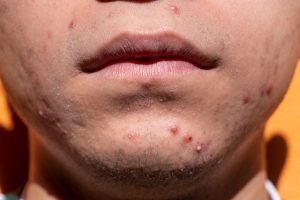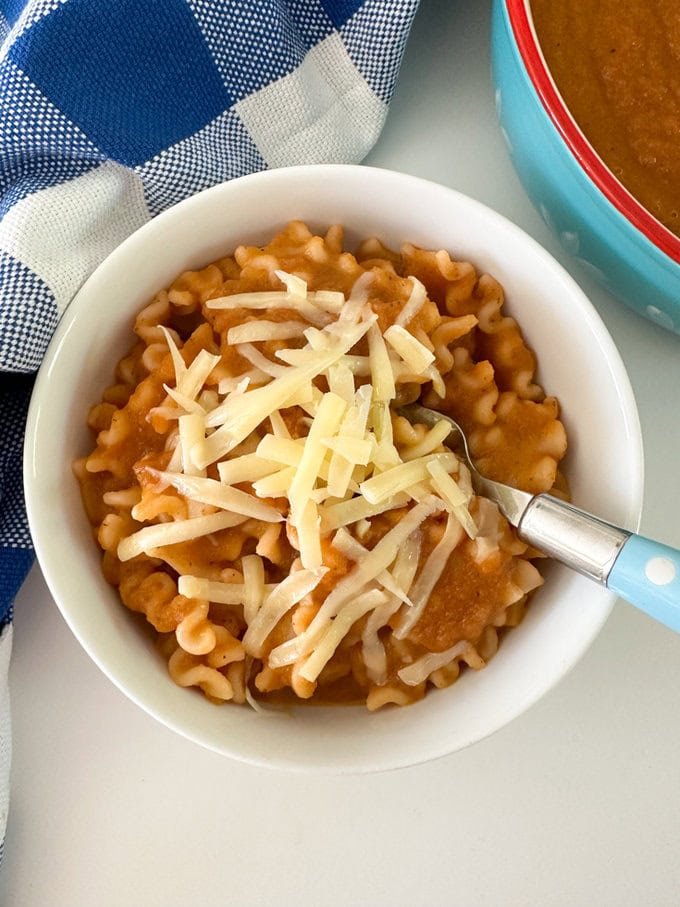[ad_1]
Acne is a common skin condition that affects millions of people worldwide. It can take many forms, including pimples and acne. While the terms zit and pimple are often used interchangeably, they actually refer to slightly different types of acne lesions.
Understanding the differences between these two types of acne can be helpful in determining the best course of treatment.
In this article, we will discuss the differences between zits and acne, including their symptoms, causes, and treatment options. We will also provide advice on the prevention and management of both types of acne lesions.
What is Zit?
A zit is a type of acne lesion characterized by a raised bump on the skin. It is usually larger and more inflamed than other types of pimples and may be red and tender to the touch.
Zits may also have a white or yellow center filled with pus. Like other types of acne, zits are caused by a combination of factors, including overproduction of oil, bacteria and inflammation.
What is a Pimple?
A pimple is a type of acne lesion that can take several different forms. Acne can be whiteheads, blackheads, papules, pustules or nodules. Whiteheads and blackheads are non-inflammatory types of acne that occur when hair follicles become clogged with oil and dead skin cells.
Papules, pustules, and nodules are inflamed types of acne that can be red and painful. Like other types of acne, pimples are caused by a combination of factors, including excess oil production, bacteria and inflammation.
Acne is most common during puberty, but can appear at any age.
What is the difference between a pimple and a zit?
While many people use the terms “pimple” and “zite” interchangeably, there are some differences between the two.
A zit is a specific type of pimple that is usually larger and more inflamed than other types of pimples.
Zits are often red and tender to the touch, and they may have a white or yellow center filled with pus. On the other hand, a pimple can refer to a variety of different types of acne lesions, including whiteheads, blackheads, papules, pustules, or nodules.
Whiteheads and blackheads are non-inflammatory types of acne, while papules, pustules, and nodules are inflamed types of acne that can be red and painful. Like acne, pimples are caused by a combination of factors, including excess oil production, bacteria and inflammation.
In summary, while a zit is a specific type of pimple that is larger and more inflamed than other types of pimples, they are both types of acne and have similar causes and treatment options.
Is a zit and a pimple the same thing?
While “zit” and “pimple” are often used interchangeably, they are not exactly the same thing. A zit is a specific type of pimple that is usually larger and more inflamed than other types of pimples.
Zits are often red and tender to the touch, and they may have a white or yellow center filled with pus. On the other hand, a pimple can refer to a variety of different types of acne lesions, including whiteheads, blackheads, papules, pustules, or nodules.
Whiteheads and blackheads are non-inflammatory types of acne, while papules, pustules, and nodules are inflamed types of acne that can be red and painful. Like acne, pimples are caused by a combination of factors, including excess oil production, bacteria and inflammation.
In summary, while they are both types of acne, a zit is a specific type of pimple that is larger and more inflamed than other types of pimples.
Black symptoms
The symptoms of a zit can vary depending on the severity of the acne lesion. However, common symptoms of a zit can include:
- A raised, inflamed lump on the skin
- Redness around the affected area
- Tenderness or pain when touched or pressed
- A white or yellow center filled with pus
- Itching or burning sensation around the affected area
- Swelling around the affected area
- Possible pain or hyperpigmentation after the zit heals
Zitas can occur anywhere on the body, but are most commonly found on the face, neck, chest and back.

What causes zits and acne?
Zits are caused by a combination of factors, including excess oil production, bacteria and inflammation. When excess oil, dead skin cells, and other debris clog skin pores, it creates an environment where bacteria can thrive.
This can cause an inflammatory response in the body, leading to redness, swelling and the formation of a cavity.
Several factors can contribute to the development of zits, including:
Hormonal changes: Hormonal fluctuations during puberty, menstrual cycles, pregnancy and menopause can lead to an increase in oil production, which can contribute to the formation of zits.
Genetics: Some people may be more prone to developing zits due to genetic factors that affect the oil production and sensitivity of their skin.
Diet: Eating a diet high in refined carbohydrates and sugar can contribute to the formation of citri.
Stress: Chronic stress can lead to an increase in oil production, which can contribute to zit formation.
Environmental factors: Exposure to pollutants, certain cosmetics and other environmental factors can contribute to the formation of zits.
Drugs: Certain medications, such as corticosteroids, can contribute to the formation of zits.
How to treat and prevent zits and pimples?
There are several ways to treat zits, depending on the severity of the acne lesion. Here are some general tips:
Keep the affected area clean: Wash the affected area with a gentle cleanser twice a day, being careful not to overdo it or scrub too hard as this can irritate the skin and make the rashes worse.
Apply a topical acne treatment: Over-the-counter acne topical treatments that contain benzoyl peroxide, salicylic acid, or retinoid can help reduce oil production, unclog pores, and reduce inflammation.
Apply the medicine according to the package directions, being careful not to overdo it as this can also irritate the skin.
Avoid picking or squeezing mushrooms: Picking or squeezing the nipples can cause further inflammation and potentially lead to scarring. Instead, apply a warm compress to the affected area for a few minutes several times a day to help reduce inflammation.
Use non-comedogenic skin care products and cosmetics: Look for skin care products and cosmetics that are labeled as non-comedogenic, meaning they are less likely to clog pores.
Consider oral medications: In more severe cases, oral medications such as antibiotics or oral contraceptives may be necessary to treat zits. These drugs require a prescription from a doctor.
See a dermatologist: If your pain is severe, persistent, or scarring, it’s important to see a dermatologist.
They can evaluate your specific case and recommend appropriate treatments, such as strong prescription medications, procedures such as corticosteroid injections or laser therapy, or other treatment options.
Remember, treating skin conditions takes time and patience, so it’s important to be consistent with your skin care routine and give treatments time to work before trying something new.
Conclusion On Zit vs Pimples
Pimples and pimples are both types of acne lesions that can be caused by a combination of factors such as excess oil production, bacteria, and inflammation. While there is some overlap in the symptoms and causes of these two types of acne lesions, there are some differences.
Zits tend to be more localized than pimples and often have a white or yellow head. Pimples, on the other hand, may be larger and more widespread and may have a red or inflamed appearance.
Additionally, acne tends to form in response to clogged hair follicles, while acne can be caused by a combination of factors including clogged pores, hormonal changes, and genetics.
Treatment for pimples and acne may include a combination of topical and oral medications, as well as lifestyle changes such as a healthy diet and stress management techniques.
It is important to consult a dermatologist to determine the best course of treatment for your specific case and to be patient and consistent with your skin care routine. With proper care, most cases of pimples and acne can be treated effectively and prevented from recurring.
The post Zit vs. Acne What is the difference? appeared first on Golibe Natural.
[ad_2]







